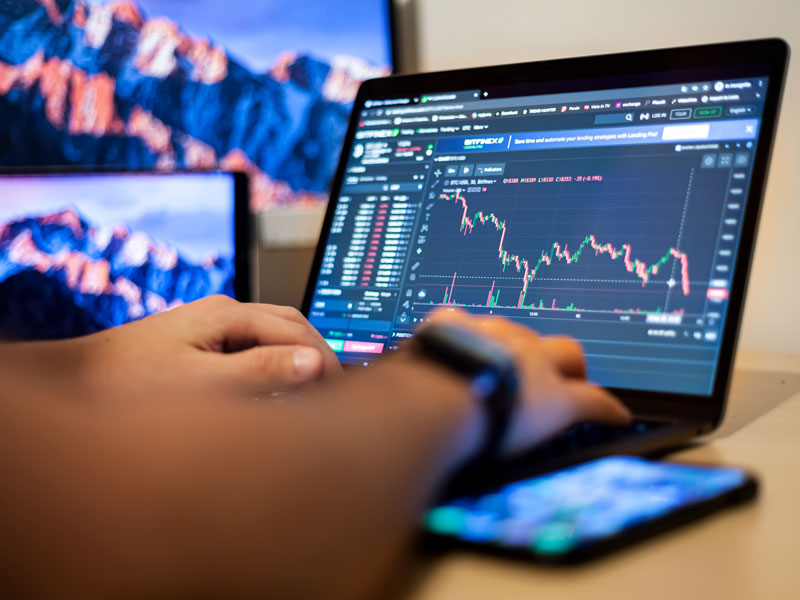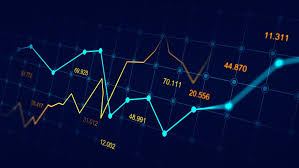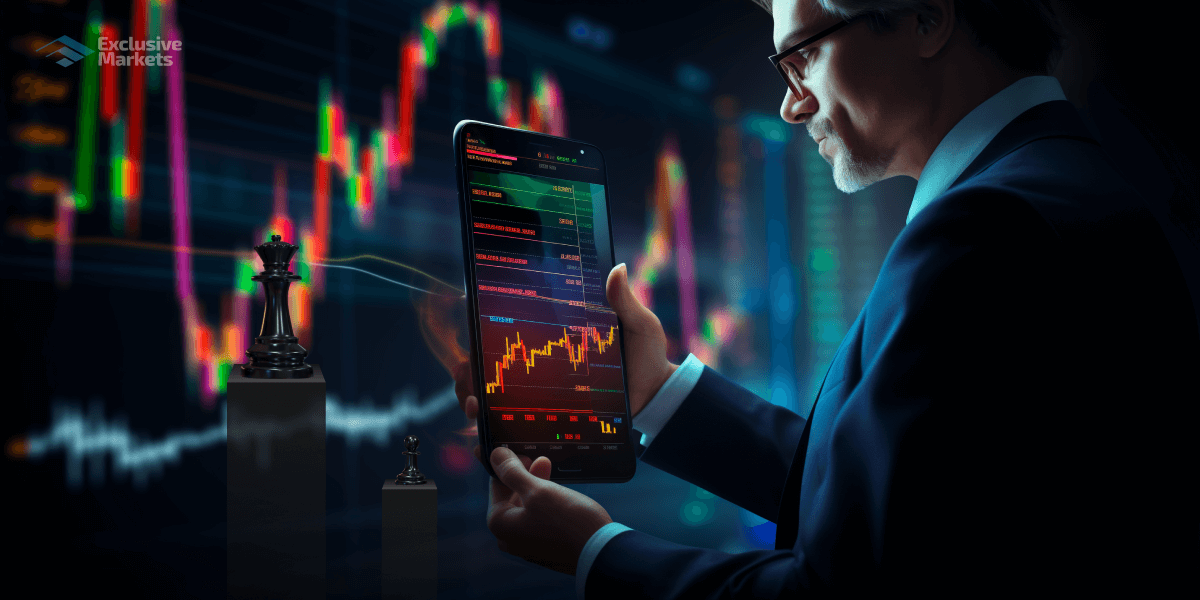
Understanding Forex Trading Leverage: Maximizing Your Potential
In the world of forex trading, leverage plays a pivotal role in enhancing traders’ capabilities. By utilizing leverage, traders can control larger positions in the market with a smaller amount of capital. This article explores the intricacies of forex trading leverage, its benefits, risks, and how to use it wisely. For those interested in finding reliable platforms, check out forex trading leverage Trading Brokers in the Philippines for comprehensive reviews and listings.
What is Forex Trading Leverage?
Forex trading leverage allows traders to borrow funds to trade larger amounts than their initial investment. It is expressed as a ratio, commonly 100:1, 200:1, or even higher. For example, if a trader has $1,000 in their account and uses a leverage of 100:1, they can control a position worth $100,000. This amplifies both potential gains and potential losses, making it a powerful tool in the hands of experienced traders.
The Mechanics of Leverage
Leverage works on the principle of margin trading. When you open a leveraged position, you are required to deposit a fraction of the trade’s total value, known as margin. The broker lends you the remaining amount, allowing you to control a larger position. The margin requirement varies by broker and can be influenced by market volatility.
Example of Leverage in Forex Trading
Let’s say you are trading a currency pair with a leverage of 50:1. If you decide to buy one standard lot (which is 100,000 units) of EUR/USD at 1.2000, the cost of this trade would be $120,000. However, with a leverage of 50:1, you only need to put up 2% of this amount as margin, equating to $2,400. If the trade goes in your favor and the price moves to 1.2100, your profit would be $1,000. Conversely, if the trade moves against you, the losses could also be substantial.
Benefits of Using Leverage
The primary benefit of leverage in forex trading is the potential for increased returns. By controlling a more substantial amount of currency with a smaller investment, traders can realize significant profits. Additionally, leverage can enable traders to diversify their portfolios by allowing them to enter multiple positions across different currency pairs without needing extensive capital.

Access to Larger Markets
Leverage opens the forex market to traders who may not have large amounts of capital to invest upfront. This democratization of trading allows individuals from various financial backgrounds to participate and potentially benefit from the volatility of currency markets.
Risks of Using Leverage
While leverage can amplify profits, it equally amplifies risks. This means that losses can exceed the initial investment, leading to margin calls where the broker requires additional funds to maintain the position. Here are some key risks associated with leverage:
Margin Calls
A margin call occurs when the equity in your trading account falls below the required margin level. If you cannot meet this requirement, the broker may close your positions, resulting in a realized loss.
High Volatility
The forex market can be incredibly volatile, and sudden price movements can lead to significant losses. By using leverage, even a small adverse movement in price can lead to substantial losses, which is essential to manage carefully.
How to Use Leverage Wisely
To maximize the benefits of leverage while minimizing risks, here are some strategies to consider:

1. Understand the Market
Before using leverage, it’s crucial to have a solid understanding of forex trading principles and market behavior. Conduct thorough research and analysis to make informed decisions.
2. Set Clear Risk Management Rules
Develop a well-defined risk management strategy, including setting stop-loss orders to limit potential losses. Determine how much capital you are willing to risk on each trade and adhere to this plan diligently.
3. Start with Lower Leverage
Beginners should consider starting with lower leverage ratios to reduce risk exposure. As you gain experience and confidence, you can gradually increase leverage based on your risk tolerance.
4. Continuous Learning
Forex trading is a continuous learning process. Engage in ongoing education, stay updated on market trends, and learn from both successes and failures. Archiving your trades and analyzing them can also help refine your strategies.
Conclusion
Forex trading leverage is a double-edged sword that can either enhance your trading potential or lead to significant losses. Understanding how leverage works, its benefits and risks, and employing effective risk management strategies can help traders navigate the forex market successfully. Always remember, while trading with leverage can seem enticing, it is essential to approach it with caution, thorough preparation, and a commitment to ongoing education.

